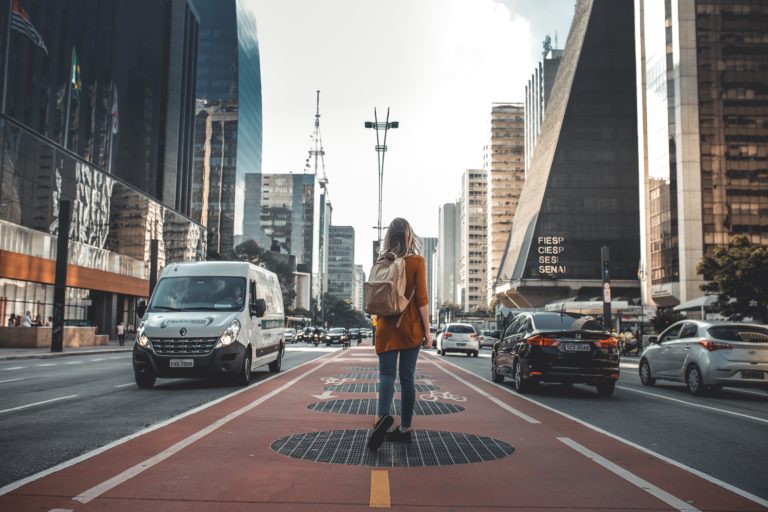According to Premier Allergy and Asthma, an innovating and caring allergy treatment center, when people experienced food allergies in the past, they really were experiencing what The Mayo Clinic terms “food intolerances.” According to EatingWell, today there has been a strong increase in true food allergies.
Food allergies occur when someone’s immune system has an over-reaction to a target food being consumed. Such reactions can include breaking out into hives, difficulties breathing, nausea, vomiting and a rapid, weak pulse. Because of the level of severity for many food allergy sufferers today, they have to be very careful in what they eat because a mistake can trigger a life-threatening reaction.
The following are some tips for food allergy sufferers that are about to travel internationally:
Wear medical alert jewelry: The Mayo Clinic suggests that food allergy sufferers wear a medical alert bracelet that explains your food allergy.
Have an emergency kit: Mayo also suggests that patients carry a medical emergency kit. This might include Benadryl or an epinephrine pin. They remind patients to check the expiration date on the pen and replace it when needed. Food Allergy Research and Education (FARE) suggests that you learn the names of both the brand name and generic medications in the country you will be visiting. FARE also urges travelers with food allergies to have a copy of their Food Allergy and Anaphylaxis Emergency Care Plan in their medical emergency kit.
Have travel insurance for medical emergencies and know hospital locations: If your medical insurance does not cover international travel, you will need to purchase travel insurance for medical emergencies. You will also need to know where you will find hospitals locally if you have a bad reaction to a food allergen.
Find a local doctor that specializes in allergies: Start emailing ahead and try to find an allergist in your travel destination who can write you prescriptions for allergy medications you might need.
Carry chef cards: Chef cards outline the types of foods you must avoid. Get copies of them in English and in the language of your target destination.
Bring along safe non-perishables: Safe bets for non-perishables you can take and eat include dried pasta and energy bars designed to be safe for people with allergies. Other foods that are safer for people with allergic reactions to food include:
- Egg replacer
- Nut- and dairy-free cookies
- Allergy-safe bread
- Gluten-free pasta
Meat, fruits and vegetables cannot often be brought into another country. Dried non-perishables are usually considered acceptable by customs.
Bring your first meal:Allergy Living Magazine suggests that allergy sufferers bring their first night’s meal, which can be something as simple as pasta sauce in a can and pasta noodles.
Be careful of making assumptions: FARE advises allergy sufferers to not assume that the same foods you can buy in the United States that are made in other countries will contain the same ingredients.
Check with the IFAAA: The International Food Allergy and Anaphylaxis Alliance may have travel sheets full of tips about traveling to your target destination with allergies.
Stay somewhere with a kitchen: Allergic Living Magazine suggests that allergy sufferers will have the most personal safety about what they are consuming by staying somewhere with a kitchen, so they can make their own food.
Premier Allergy and Asthma wants you to know that you don’t have to let your allergies keep you from a great international vacation. Commonsense measures, such as taking your emergency medical kit, cooking much of your own food where you are staying and bringing reliable allergen-free foods go a long way toward being able to enjoy your vacation and not experiencing medical difficulties

